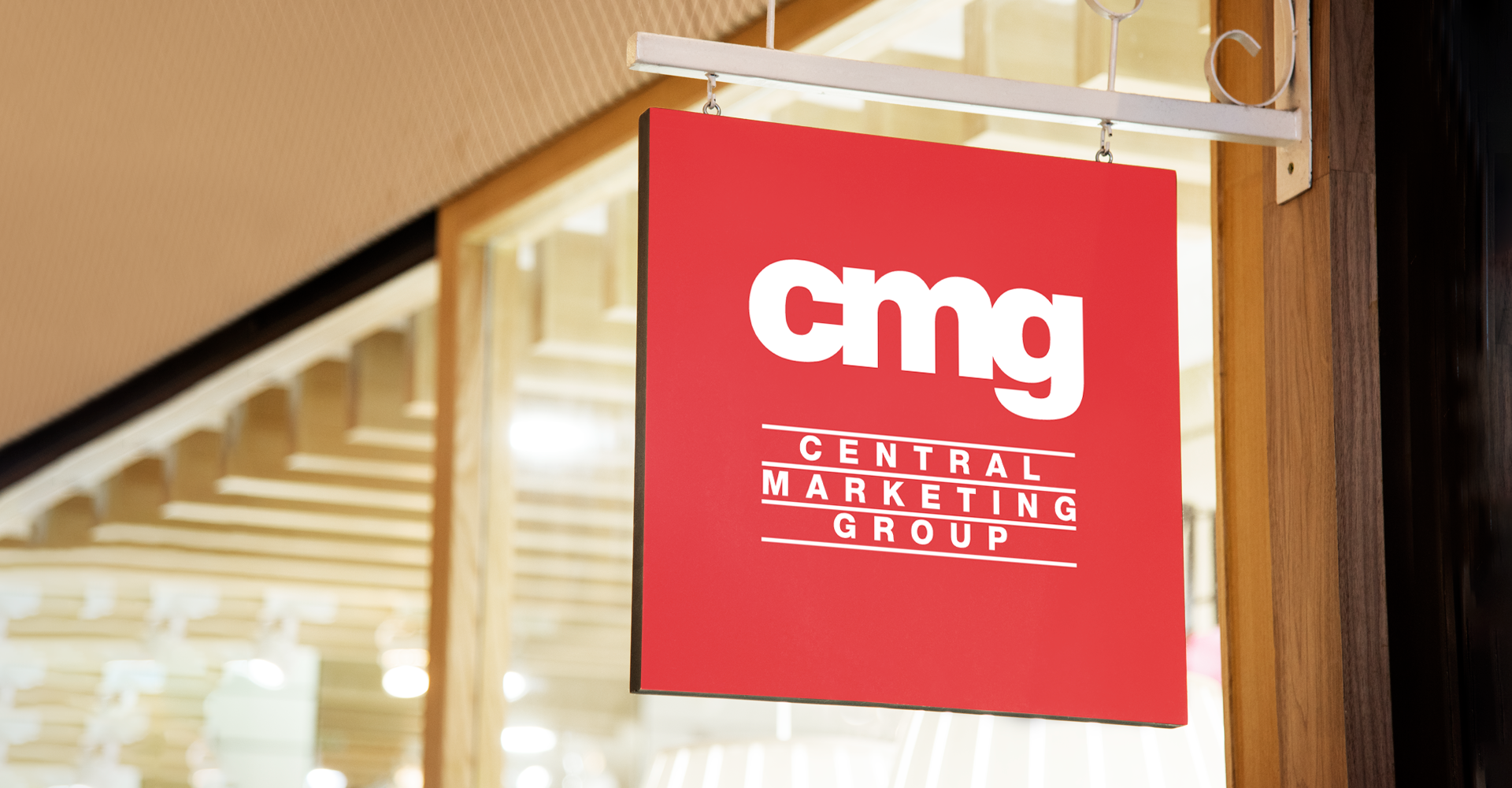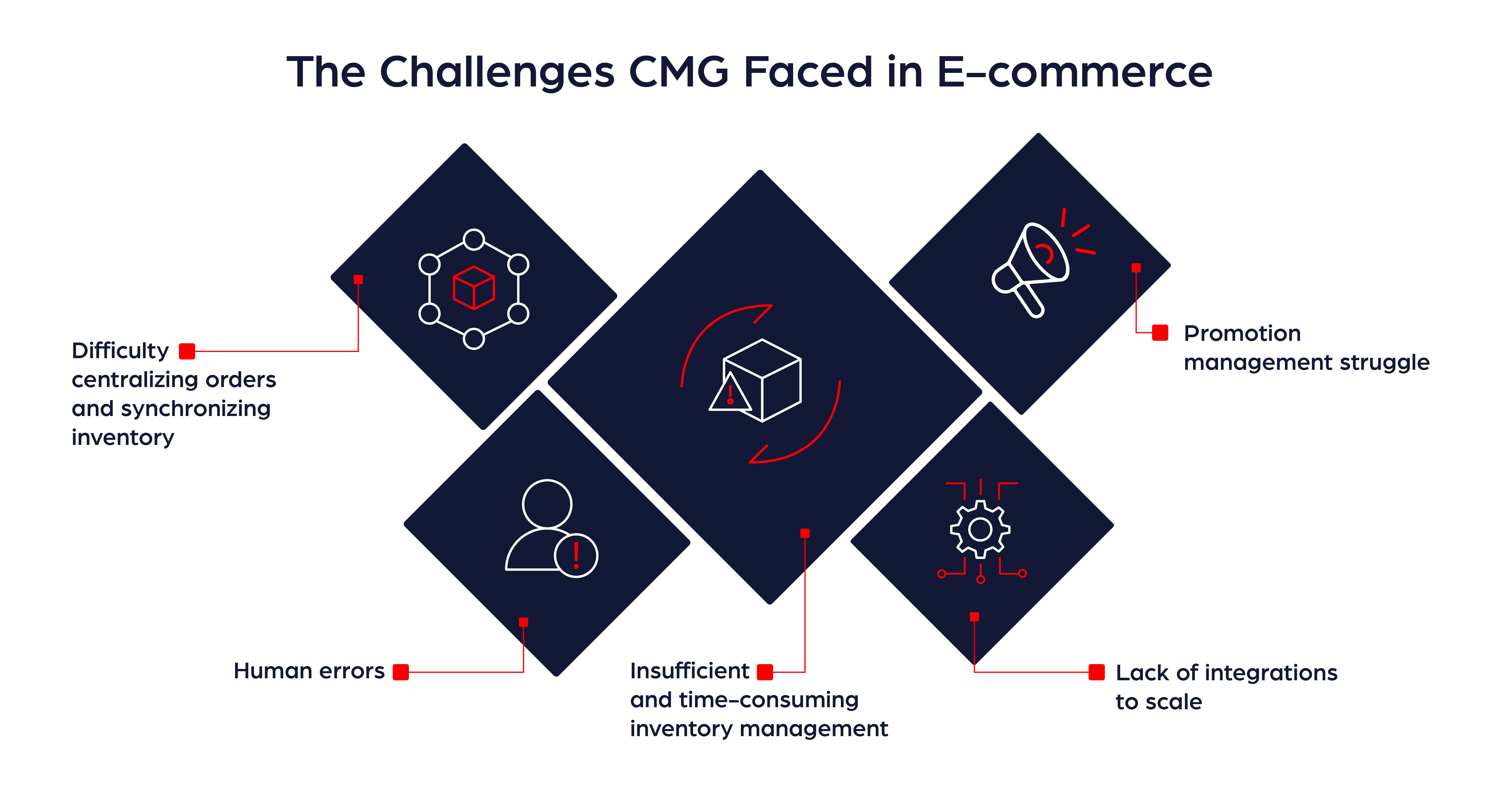How CMG went from Manual to Automated E-commerce Excellence with Anchanto
Case Studies
Central Marketing Group (CMG) is a leading retail brand distributor and operator in Thailand and Vietnam. Their brand portfolio includes over 40 well-known international brands across fashion, beauty, accessories, and home and lifestyle products.
CMG is currently the exclusive distributor and licensee for many iconic brands such as Casio, Dyson, Guess, Calvin Klein Jeans, Polo Ralph Lauren, Fitflop, Lee, Wrangler, Jockey, Hush Puppies, The Body Shop, Clarins, Three, and more.
The company embarked on their online journey in 2017, initially focusing on their D2C websites. As the e-commerce landscape evolved and CMG saw growing success with their digital retail, from 2017 to 2019, the company began expanding their presence on various sales platforms.
However, the late 2019 and 2020 period marked a turning point for CMG’s e-commerce operations, as the company encountered increasing complexities in managing their online operations. As many of their processes lacked automation, the company’s ability to scale became restricted.
Challenges
In the midst of an e-commerce expansion, brands and businesses often contend with inventory and order fulfillment challenges. The same was true for CMG. The company faced significant hurdles while handling stock and order fulfillment, impacting the overall performance of their e-commerce endeavors. As the demand for their products surged and as they joined more marketplaces, the company grappled with inventory management and struggled to streamline order processing efficiently.
Here’s a deeper look into their challenges:

1. Difficulty centralizing orders and synchronizing inventory
CMG manually checked orders received and connected these to the inventory in stock. This process was flawed as orders were often missed and mix-ups were a major problem. This led CMG to experience revenue losses, unhappy customers, and even order cancellations.
They also struggled to maintain stable and updated integrations with systems managing inventory and orders, resulting in overselling or underselling. As a result of this, CMG was penalized by marketplaces preventing some of their brands from joining certain marketplace campaigns.
2. Insufficient and time-consuming inventory management
CMG’s inventory was mainly managed through spreadsheets, which were tough to track and update, causing data redundancy. The team had to export a file from their system and manually adjust some elements and then upload them to different marketplaces for different brands. Long hours went into maintaining these sheets, making inventory management an exhausting task across multiple marketplaces.
3. Human errors
Following a manual approach for inventory management usually resulted in data record errors. This left CMG’s team with the additional task of rectifying this information on many occasions, reducing efficiency and increasing costs and delays.
4. Lack of integrations to scale
An absence of integrations with marketplaces impacted CMG’s overall scalability and e-commerce growth. Addressing this issue was crucial to achieve satisfactory results and ensure successful expansion in the digital domain.
5. Promotion management struggle
Many marketplaces offer limited capacity to control promotions on their platforms. CMG faced this challenge with their gift-with-purchase promotion. The promotions they set up on marketplaces had some limitations in terms of the number and complexity of stacked promotion tiers. This prevented CMG from making the most of their promotions during sales seasons.
Requirement
Realizing they needed to sync orders and inventory to avoid the majority of their issues, CMG decided to implement an Order Management System (OMS). While looking for a solution, CMG came across Anchanto Order Management. The SaaS company possessed in-depth knowledge and experience in the e-commerce industry, offered an affordable solution and several elements that CMG needed.
Following an extensive round of training and demonstrations with local account managers and training teams, CMG was able to implement the OMS from Anchanto in 2021.

Results
After implementing the OMS SaaS solution from Anchanto, CMG experienced operational relief. Here are the results of their choice to implement refined e-commerce technology:
1. Synchronized orders and inventory
Implementing Order Management technology helped centralize CMG’s inventory and orders from multiple sales channels. It also reduced dependence on manual functions in order processing and inventory allocation.
2. Reduced time and effort spent on sheets
With the help of Anchanto’s technology, CMG no longer had to spend long hours maintaining inventory sheets. The reduced need for human intervention lessened the company’s stress and enabled faster inventory data management.
3. Reduced errors
With manual intervention minimized through smart technology, CMG’s order and inventory data records were centralized in one place and were easier to recheck. As a result, their team’s focus was able to be directed into more strategic areas, like scalability and customer experience.

4. Ready integrations
One of the shortcomings CMG faced before was ineffective channel and partner integration. But with a cloud-based OMS, they received ready-to-use integrations for all major marketplaces and e-commerce platforms.
5. Better promotions management
With Anchanto’s Order Management system, CMG was able to create and manage complex free-gifts-with-purchase promotions easily. If the company decided to run this promotion for the first hundred orders of a specific product, the OMS ensured this limit was maintained.
Conclusion
By simplifying and centralizing their operations, Anchanto’s Order Management solution managed to provide CMG with more flexibility. They were also able to smoothly integrate their sales channels to reduce mistakes.
With increased efficiency, CMG now has greater visibility across all of their orders and inventory for sale and can utilize existing resources optimally. Moreover, they can control their promotions better and scale without fear of backend distress.
